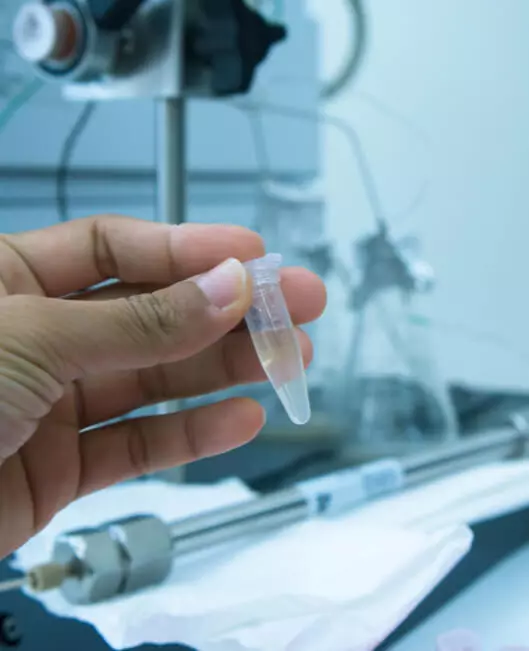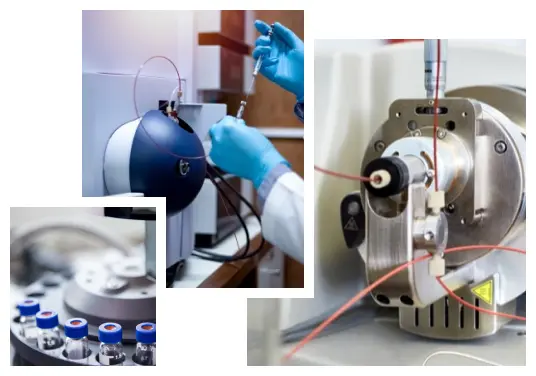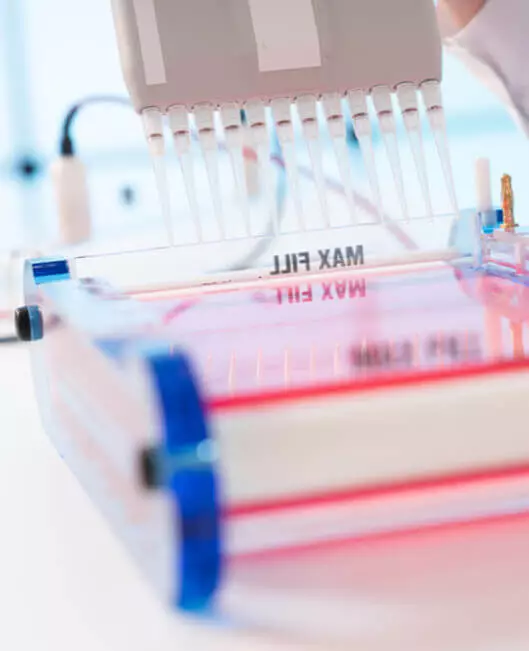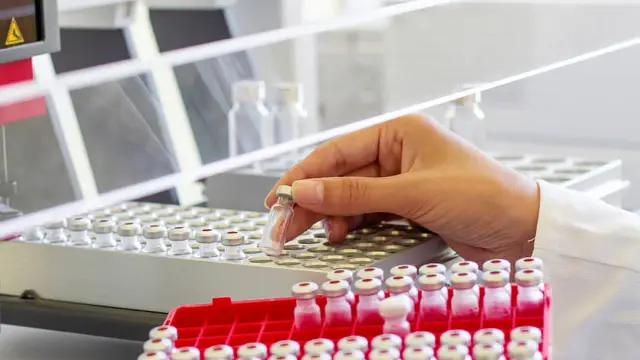Why Choose Us For HPLC Method And HPLC Analysis Service?
Long-Term Partnership for HPLC Method Development, Validation, and Analysis Assay and Beyond
NorthEast BioLab has state-of-the-art PerkinElmer equipment coupled to spectrophotometric or mass spectrometry detection as well as a deep bench of talent skilled at swift and dependable HPLC Method Development, Validation, and Analysis.
Our client-centric approach along with 20+ years rich experience in HPLC method development and analysis enables us to contribute expert guidance for your drug development program. We constantly realign ourselves to your evolving drug discovery and development goals – flexibility for iterative research or expectation for a swifter turnaround – as your drug compounds progress onwards. Therefore, our HPLC method development, validation, and sample analysis protocols are designed to cater to your dynamic needs.
Driven by founding values, our primary focus is making your drug product a great success through our outstanding HPLC method development offering. Our scientists and analysts are genuinely centered on productive long-term collaboration with your team. Finally, we play for the long term and do it right by ensuring the full integrity of our in-house processes, even as we continue trying to lower the resource intensity and HPLC test cost of your studies at every stage.



